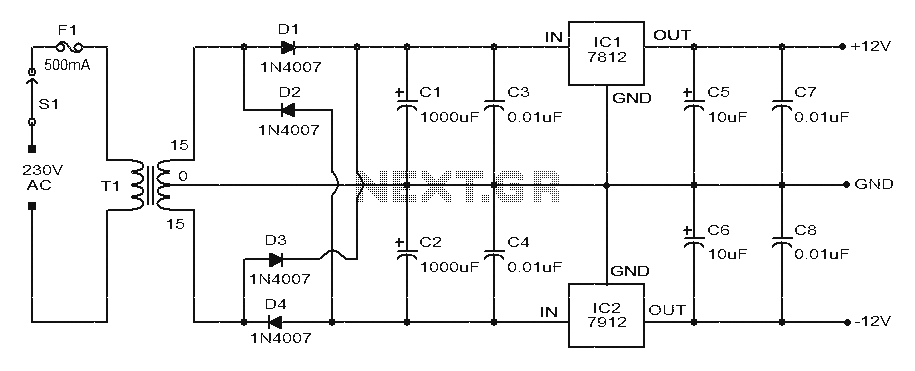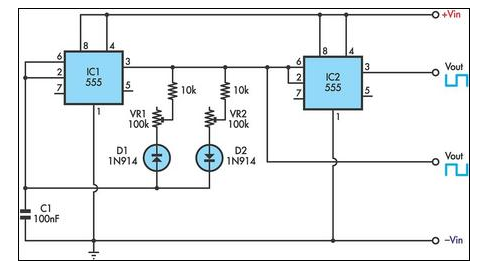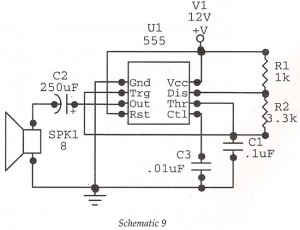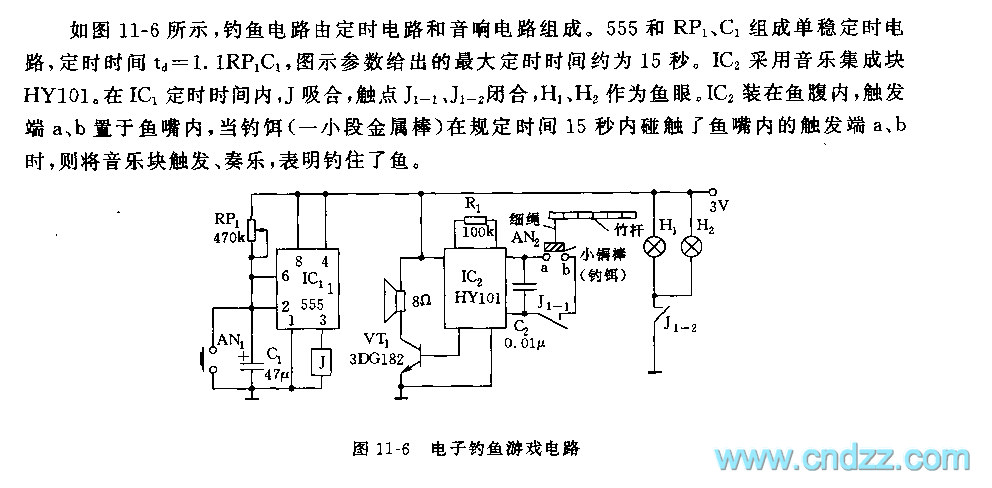
The electronic energy saving lamp maintenance circuit diagram
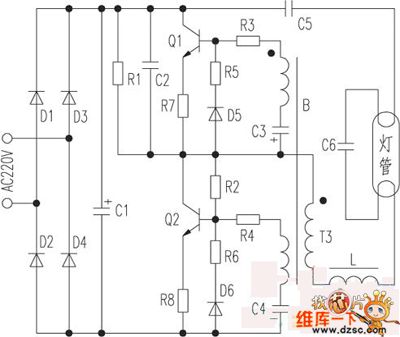
The saving lamp circuit features two main types: glass cover and exposed. The glass cover variants include three series: spherical, cylindrical, and processing types. The first two series consist of four variations: transparent, carved, engraved, and white. These lamps are noted for their aesthetic appeal, ease of installation, and resistance to impact. The exposed type includes H, UH-based, 3U, 4U-based, 2D, and screw types. Additionally, they can be categorized by light color, which includes red, green, blue, and yellow (with a color temperature of 2700K, classified as warm light akin to incandescent bulbs), and white (with a color temperature of 6400K, identified as cool light similar to fluorescent bulbs). Lamps with a color temperature of 5000K are designed to be non-irritating to the eyes, as their light color closely resembles natural light.
The saving lamp circuit is designed to accommodate various applications, utilizing both glass cover and exposed types to suit different environments and aesthetic preferences. The glass cover variants not only enhance visual appeal but also provide durability and protection for the internal components. The spherical and cylindrical designs offer versatility in mounting options, while the processing types can be tailored for specific applications, such as decorative lighting or task illumination.
The exposed types, including H, UH-based, 3U, 4U-based, 2D, and screw types, provide additional flexibility in installation. These types are commonly used in settings where direct exposure to the environment is acceptable or desired, such as in outdoor lighting or industrial applications. The categorization by light color allows for targeted lighting solutions, catering to various moods and functionalities. For instance, warm light (2700K) is often preferred in residential settings for its cozy ambiance, while cool light (6400K) is beneficial in workspaces for enhancing visibility and focus.
Furthermore, the incorporation of color temperature options, including the non-irritating 5000K light, emphasizes the importance of user comfort and well-being. This feature is particularly advantageous in environments where prolonged exposure to artificial lighting occurs, such as offices or educational institutions. By closely mimicking natural light, these lamps aim to reduce eye strain and improve overall productivity.
In summary, the saving lamp circuit is a versatile and aesthetically pleasing lighting solution, offering a wide range of configurations and light color options to meet diverse needs in both residential and commercial applications.The saving lamp circuit has the glass cover type and exposed type. Glass cover types have three series of spherical, cylindrical ball, processing type, etc. , the first two series have completely four types of transparent, carving, engraving and white color. It has the advantages of beautiful appearance, easy installation, anti-collision, etc. ; ex posed type has the types of H, UH-based, 3U, 4U-based, 2D and screw type. They also can be divided by the color of light, which can be divided into red, green, blue, yellow (color temperature is 2700K, and it belons to warm light which is similar to incandescent light color), white (color temperature is 6400K, is a cool light which similar to fluorescent light color); the lamps with color temperature in 5000K has no irritation to the eyes as the light color close to natural light. 🔗 External reference
The saving lamp circuit is designed to accommodate various applications, utilizing both glass cover and exposed types to suit different environments and aesthetic preferences. The glass cover variants not only enhance visual appeal but also provide durability and protection for the internal components. The spherical and cylindrical designs offer versatility in mounting options, while the processing types can be tailored for specific applications, such as decorative lighting or task illumination.
The exposed types, including H, UH-based, 3U, 4U-based, 2D, and screw types, provide additional flexibility in installation. These types are commonly used in settings where direct exposure to the environment is acceptable or desired, such as in outdoor lighting or industrial applications. The categorization by light color allows for targeted lighting solutions, catering to various moods and functionalities. For instance, warm light (2700K) is often preferred in residential settings for its cozy ambiance, while cool light (6400K) is beneficial in workspaces for enhancing visibility and focus.
Furthermore, the incorporation of color temperature options, including the non-irritating 5000K light, emphasizes the importance of user comfort and well-being. This feature is particularly advantageous in environments where prolonged exposure to artificial lighting occurs, such as offices or educational institutions. By closely mimicking natural light, these lamps aim to reduce eye strain and improve overall productivity.
In summary, the saving lamp circuit is a versatile and aesthetically pleasing lighting solution, offering a wide range of configurations and light color options to meet diverse needs in both residential and commercial applications.The saving lamp circuit has the glass cover type and exposed type. Glass cover types have three series of spherical, cylindrical ball, processing type, etc. , the first two series have completely four types of transparent, carving, engraving and white color. It has the advantages of beautiful appearance, easy installation, anti-collision, etc. ; ex posed type has the types of H, UH-based, 3U, 4U-based, 2D and screw type. They also can be divided by the color of light, which can be divided into red, green, blue, yellow (color temperature is 2700K, and it belons to warm light which is similar to incandescent light color), white (color temperature is 6400K, is a cool light which similar to fluorescent light color); the lamps with color temperature in 5000K has no irritation to the eyes as the light color close to natural light. 🔗 External reference
Warning: include(partials/cookie-banner.php): Failed to open stream: Permission denied in /var/www/html/nextgr/view-circuit.php on line 713
Warning: include(): Failed opening 'partials/cookie-banner.php' for inclusion (include_path='.:/usr/share/php') in /var/www/html/nextgr/view-circuit.php on line 713
